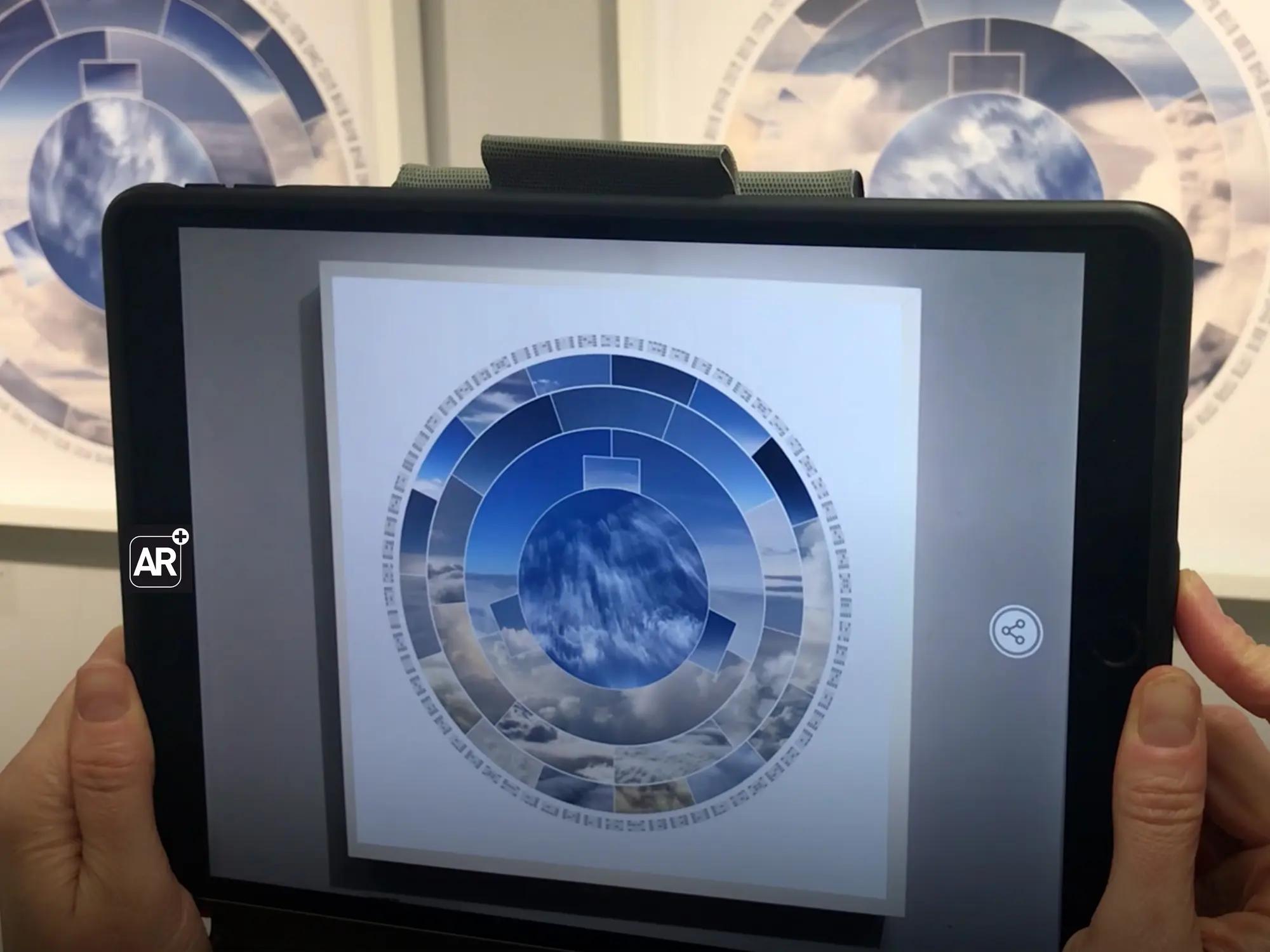Stay Connected
Join our mailing list to receive product drop announcements
Cloud Hash Two, Print #2/5




Winning Bid
Carsonated
200K sats
We will email you if the seller accepts your offer.
January 16, 2025 7:11:05 PM UTC
200,000 sats
0.002 BTC
January 16, 2025 7:07:42 PM UTC
175,000 sats
0.00175 BTC
January 16, 2025 6:32:27 PM UTC
150,000 sats
0.0015 BTC
January 15, 2025 7:14:47 PM UTC
100,000 sats
0.001 BTC
January 15, 2025 4:01:41 PM UTC
75,000 sats
0.00075 BTC
January 15, 2025 3:52:46 PM UTC
50,000 sats
0.0005 BTC
January 15, 2025 10:21:59 AM UTC
25,000 sats
0.00025 BTC
My current body of work explores technical blockchain concepts, which I try to visualize for a broader audience. One of the ideas that stuck with me is hashing and its power to securely verify data's integrity. It inspired this visualization project entitled Cloud Hashes, which I used to introduce visitors to the process of hashing during my blockchain-themed art exhibition.
The artwork is part of an archival print triptych and uses augmented reality to showcase the animated hashing process. The video showcases the augmented reality layer of the prints and can be brought to life with the free Artivive app for iOS and Android. I limited the print editions to 5 each. The print is 20 x 20 inches / 51 x 51 cm on archival photo board and comes with a shadow frame, ready to hang.
SHA-256 Background
Since Bitcoin uses the SHA-256 algorithm, my artwork visualizes and references many elements of this hash function. SHA stands for Secure Hash Algorithm and 256 for the number of bits. Designed by the NSA, this SHA-256 algorithm creates a unique fingerprint of any text or file mathematically. This unique fingerprint is called the hash. What makes it secure and desirable is that with the slightest modification of the original text, the output hash is entirely different.
Example 1: "crypto art" results in the following hash:
67DAC4E220E4D161A36FD3E7312B2F7AC3333498CF946CEBE5D48EB6F222AA37
Example 2: "Crypto art" with a capital C leads to the following hash:
69AAE4DC4E666E0EA56EF15AAA6EEC30DF2F6015DF6CB964FCB5E80DB41CA17A
It is just as easy to verify the integrity of vast amounts of data, i.e. the contents of all books ever written, as they can be hashed to the exact same-length output hashes. In the following, I will deconstruct some of my SHA-256 algorithm references.
Cloud Hashes Deconstructed
In a nutshell, the center photo represents the input, which leads to the creation of an SHA-256 hash in the outer ring. The rings in between represent the several stages the algorithm works through to convert this input to an output hash.
In the animation, the input image in the centers turns in 70 degrees intervals, and the hash algorithm starts subsequently processing through all stages and generates output hashes.
Since the videos would be identical but for their starting point, I have worked with Colorado-based audio engineers Alex Scott and Callum Bair to create three different ambient soundtracks for each print to make the AR videos as distinct as their hashes.
Please browse through the media files to find each ring, and the process explained.
Not Nerdy Enough?
Trying to crack a hash's initial message would take even supercomputers years. Hence the best method appears to be guessing, but with 2^256 possible combinations, it is highly unpromising. The number is close to the number of atoms in the known visible universe.
Bitcoin uses two hash algorithms, SHA-256 and RIPEMD-160. One can consider this as a belt and suspender solution.
Lastly, the Cloud Hashes were part of several physical exhibitions and press mentions. Among others, Cloud Hashes were highlighted in the 3rd volume of the Bitcoin magazine Citadel21 on pages 38-39 in 2020.
More information about the series: https://mlo.art/news/blog-posts/cloud-hashes-visualization/
Please allow 2 weeks post auction for print to ship.
100% proceeds to ALS Network.
Physical Good:
No Reserve
Join the Scarce City Banter Telegram channel for auction updates, commentary, and sat giveaways.